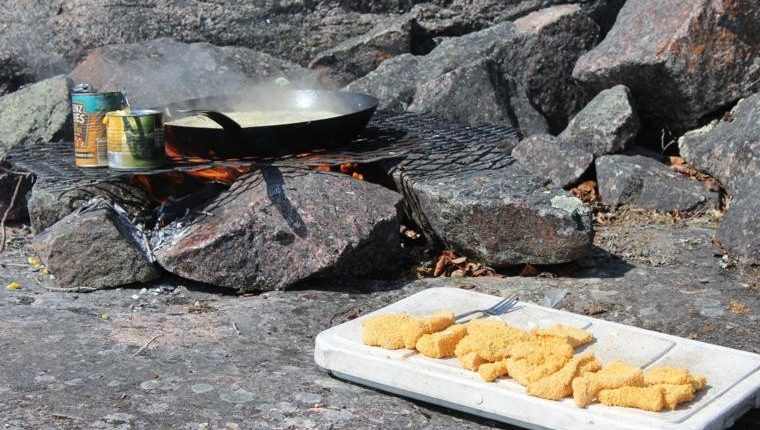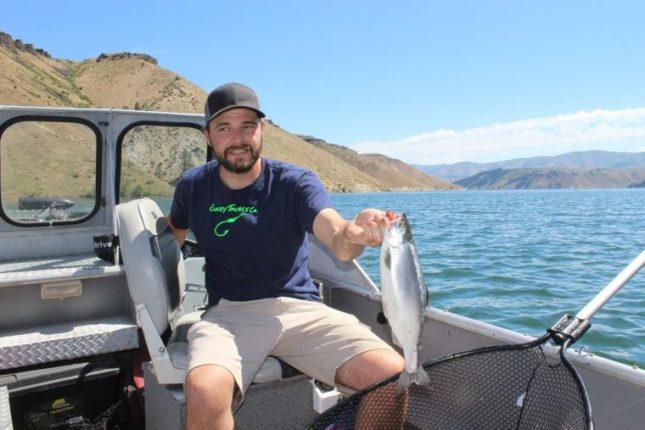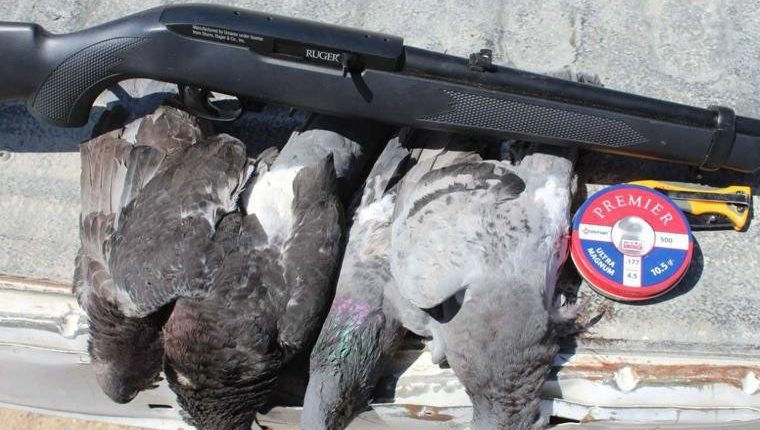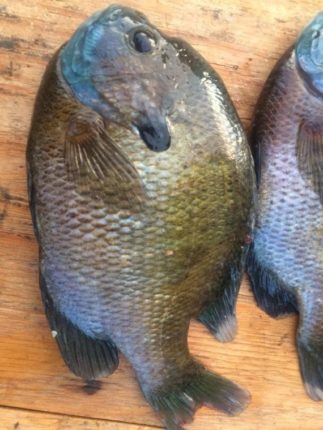I recently met with Jim and Annette Manroe, the owners of SneakyHunter Bootlamps, and am excited about testing out their new “boot lamps.” They are a unique invention and believe it or not, they produce them in Nampa. So if you like supporting homegrown businesses, look no further.
As an outdoor writer, I get to test literally hundreds of products each year, and 99 percent of the new products are a slight variation or improvement of an already existing one. Not so with SneakyHunter Bootlamps. It is a new concept altogether.
Think of them as a headlamp for your feet. Why did I not think about that? Headlamps are great, but if you hear a bear while hiking down the trail you have to focus the light on the bear and hopefully not stumble over a rock or go off the side of a mountain when you shift the focus of the light off the trail. The Bootlamp will always be focused right on the trail in front of you.
But actually, the reason that Jim and Annette invented them was because he got tired of sneaking into his favorite hunting spot before daylight and spooking the elk and deer with his wildly swinging flashlight. If he hit them in the eyes or inadvertently swept over them, they spooked.
With the advent of SneakyHunter Bootlamps, you no longer have to worry about the above scenarios occurring. Especially since it has three sight settings. 1. White light for walking. 2. Red light for walking and, as we know, a red light doesn’t spook game. That is why we use red lenses when spot lighting. 3. The violet light is used to track. This light illuminates a blood trail better than the popular UV lights.
Operating/setting them up is easy. Both units operate off of three AAA batteries. I’d recommend putting the buckle on the outside of your foot. Your buckle is on the outside on your spurs isn’t it? But if you can’t bend over very good it may be easier for you to tighten them up if the buckle is on the inside. After deciding which route you go, you might even want to use a magic marker to write an “L” on one and an “R’ on the other one so in the future you know which foot to put it on in case you’re OCD and absolutely have to have the buckle on which side you consider proper position. Normal people will probably care less!
Adjust the placement so that the Velcro strap is under your instep. There are two prongs on the front of the unit. Slip these under the boot strings. The unit is made so that it is mounted in the proper position and the light will shine where it is needed.
While backpacking and flyfishing I love to hit the evening hatch. Which means that there is a good chance that I may be down the river a good ways hitting it at dark. I wear Chaco sandals for wading in and out of the water while fishing. But will they work on my Chacos? No problem-o. I just tested it and the prongs fit under the strap and holds tightly in place.
To turn on the unit, there is a button on top. One click turns on the white light, two clicks turns on the red light and three clicks turns on the violet light. But hold on, what about walking through grass in the morning damp with dew? It has a hard foam compression pad on the lid that while it doesn’t rate it as water proof, it does rate it as water resistant.
Katy and I are headed over this weekend to Colorado to fly fish, ride horses and hike at the Wild Skies Flat Tops Cabin in northwest Colorado. We got us a pair of SneakyHunter Bootlamps just in time! Bring on the adventures.
They also make Hiker Bootlamps. These are different in that they offer white, red and green lights. Many hikers face depth perception issues when using a light source above the waist. This problem is eliminated by the Bootlamps since the light source is low to the ground. It also prevents blinding approaching hikers since it won’t hit them in the eyes.
Tom Claycomb lives in Idaho and has outdoors columns in newspapers in Alaska, Idaho, Utah, Nevada, Colorado and Louisiana.







